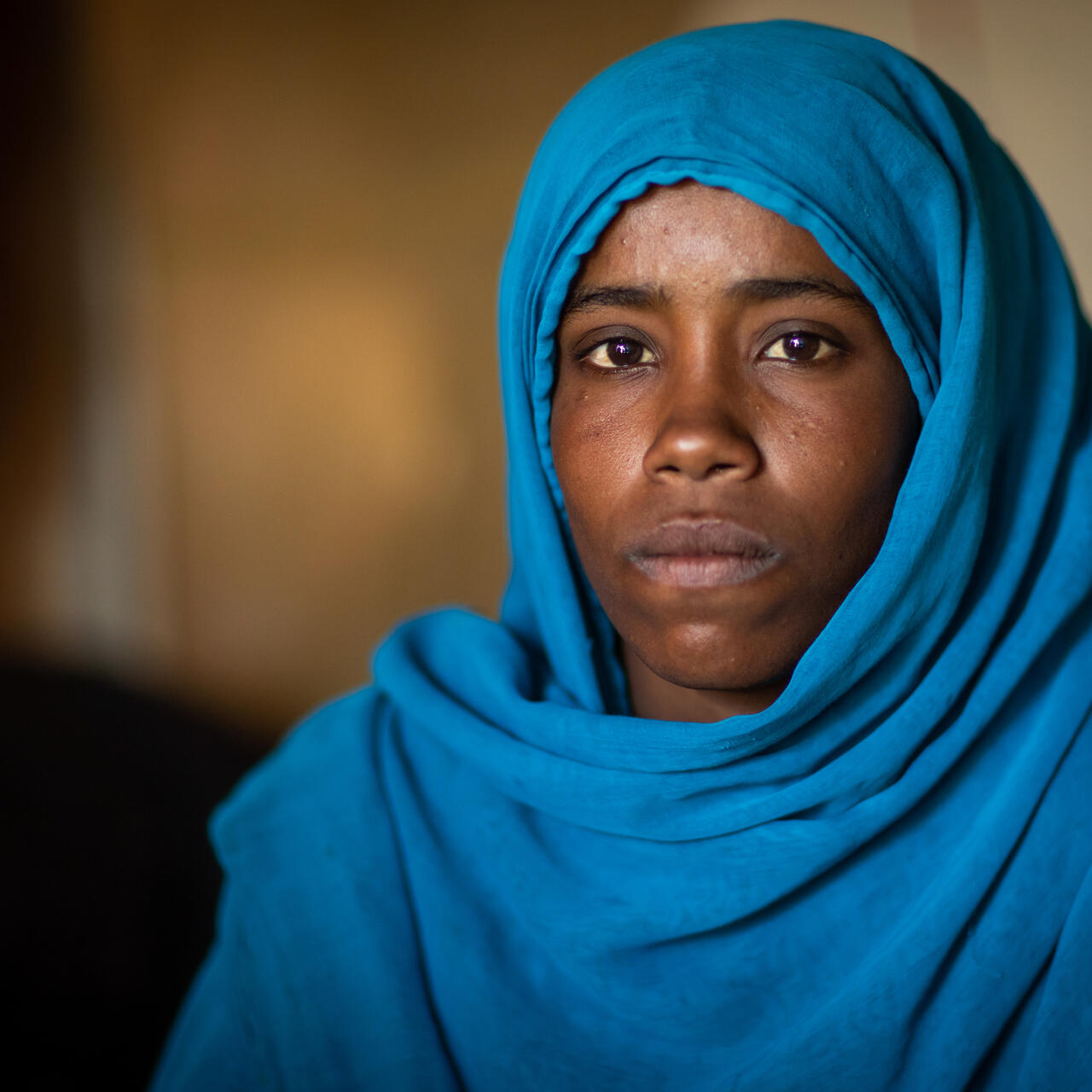
Fighting in Sudan: What you need to know about the crisis
Even before the recent clashes, Sudan was facing extreme weather shocks, social and political unrest and rising food prices.

Even before the recent clashes, Sudan was facing extreme weather shocks, social and political unrest and rising food prices.
Each year, the International Rescue Committee’s Emergency Watchlist analyses which countries are most likely to experience a deteriorating humanitarian crisis. This year, Sudan tops the list due to escalating conflict, mass displacement, an economic crisis and a near collapse of healthcare services.
The power struggle between the Sudanese Armed Forces (SAF) and the Rapid Support Forces (RSF) erupted into a large-scale conflict in April 2023 and has been driving humanitarian needs in the country ever since. Conservative estimates say the conflict has killed at least 15,500 people, while some estimates are as high as 150,000, and counting.
Before the conflict, Sudan was already experiencing a severe humanitarian crisis. Long-term political instability and economic pressures meant that 15.8 million people were in need of humanitarian aid. The conflict has only exacerbated these conditions, leaving almost 25 million people—more than half of Sudan’s population—in need.
The brutal conflict since April 2023 has forced millions of people to flee their homes, pushing the number of displaced people to around 12 million by June 2024. The vast majority—over 10 million people—remain within Sudan, representing the largest displacement crisis in the world.
Amidst mass displacement and reports of mass killings, humanitarian access has been severely curtailed, making it extremely hard for aid to reach vulnerable communities. Learn more about this ongoing crisis below.
Read the IRC’s new Watchlist Alert on the escalating crisis in Sudan.
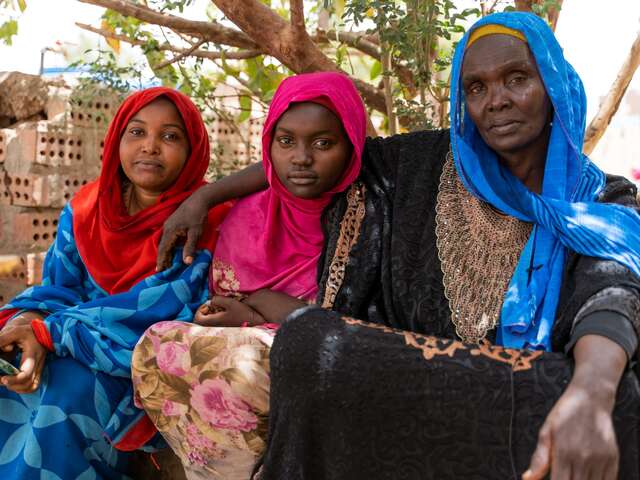
Before the outbreak of conflict, Sudan was already facing a humanitarian crisis due to extreme weather shocks, social and political unrest, and rising food prices that continue to drive poverty, hunger and displacement.
Conflict between the SAF and RSF erupted on April 15, 2023. While fighting has been chiefly concentrated in the country’s capital, Khartoum, the conflict has impacted other regions of the country. In Darfur, mass killings and displacement have led to reports of ethnic cleansing.
At least 15,500 people have been killed, with over 10 million displaced within the country, making it the largest displacement crisis globally. More than 12 million people have fled their homes, taking refuge inside and outside the country, with children representing about half of the people displaced.
Expansion of the conflict into Sudan’s “breadbasket", Al Jazirah state, has displaced more than 500,000 people and has exacerbated the country’s food crisis. Meanwhile, the looting of businesses, markets and humanitarian aid warehouses will further contribute to food shortages.
While the conflict in Sudan continues to spread, humanitarian access has become more limited. Intense violence and movement restrictions on humanitarian actors have prevented the delivery of aid, especially in the south of Sudan where needs are highest. ACAPS has rated the constraints on humanitarian access in Sudan as extreme (5 out of 5).
As the conflict continues in the face of floundering diplomatic efforts, humanitarian needs will continue to rise–and the ability to meet them will fall.
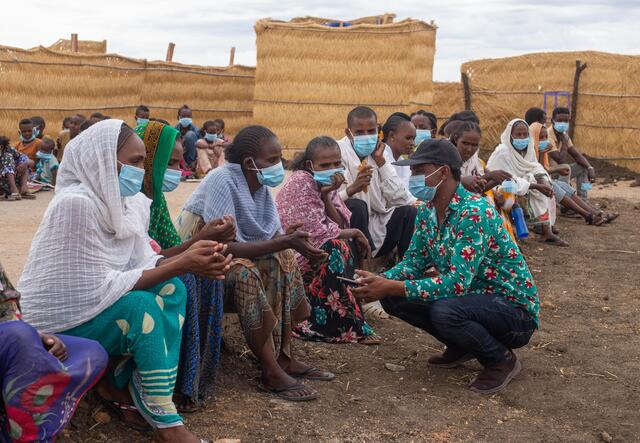
The conflict in Sudan has decimated the country’s public infrastructure, including the health system. The healthcare system is suffering from an acute lack of staff, funding and medical supplies in addition to repeated attacks, looting and occupation of medical facilities and hospitals. More than 70 percent of health facilities in conflict-affected regions of Sudan are inoperable or closed.
The virtual collapse of Sudan’s health care system, among other critical services, threatens not only the lives of many Sudanese people in the present day, but it also threatens future generations.
The displacement of civilians has placed an additional strain on healthcare resources, as well as water, sanitation and hygiene (WASH) services. An outbreak of measles has claimed the lives of more than 1,000 children across Sudan. The country is also grappling with a severe cholera outbreak, with the number of suspected cases surpassing 11,000, including 292 associated deaths, as of 27 May 2024. With high rates of malnutrition, a debilitated health system and low levels of immunisation, disease outbreaks will continue to have catastrophic impacts, particularly for children.
Prior to the outbreak of conflict, Sudan’s economy was marred by rampant inflation and shortages of essential goods, leading to protests across the country. Now, conflict has worsened the economic crisis.
Nearly half of Sudan’s population is unemployed while the Sudanese pound has lost at least 50% of its value. In Khartoum, factories, banks, shops and markets have been looted or damaged, further reducing the population’s access to goods, services and cash.
People have also been facing pockets of internet and communication blackouts, leaving millions struggling to contact their families, seek safe zones, access essentials and use mobile money services. In February 2024, all three of Sudan’s main internet operators were reported offline, leaving almost 30 million Sudanese without internet or telephone access for more than a month.
Children are at particular risk in Sudan. At least 10,400 schools in conflict-affected areas are shuttered, leaving an estimated 19 million children without education and at risk of abuse or exploitation.
Sudan is facing extreme levels of food insecurity, with 18 million people—37% of the population—experiencing severe levels of acute food insecurity. Every day, millions of mothers and fathers are having to make impossible choices to feed their families, often going days without any food.
The displacement stemming from Sudan’s conflict is driving labour shortages throughout the country. The cost of fuel is rising, impacting agricultural production, while high food prices and low purchasing power are driving increased humanitarian needs.
A hunger crisis of unimaginable proportions is not a future concern, but a present reality in certain parts of the country.
Intense fighting in Sudan has driven some 500,000 internally displaced people in the Zamzam camp into famine conditions. One in five households in this area face an extreme lack of food with little to no options to feed themselves.
“An immediate ceasefire is now more critical than ever to prevent mass deaths resulting from a hunger crisis that is rapidly spreading across Sudan,” says IRC country director for Sudan, Eatizaz Yousif
Already, more than half of Sudan’s population is now facing crisis levels of hunger or above, the worst in Sudan’s history.
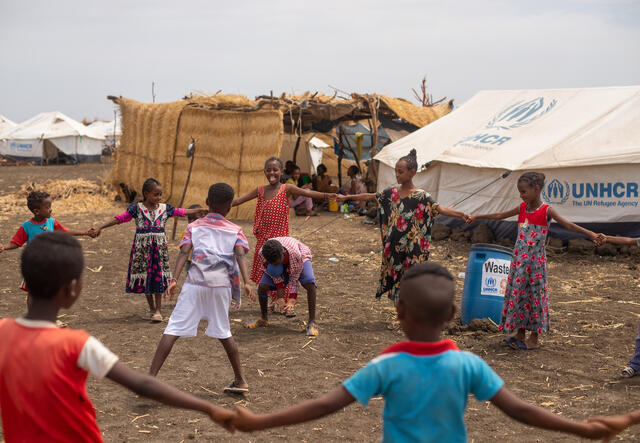
The conflict in Sudan has already led to extreme levels of displacement, both internally and across Sudan’s borders. The vast majority of those displaced by the current conflict remain in Sudan and live with host communities. That brings the total number of those internally displaced in Sudan to more than 10 million, the largest internal displacement crisis in the world.
Meanwhile, over 2 million people—mostly women and children—have fled Sudan to neighbouring countries, including 600,000 that have arrived in Chad in the last year. Sudan’s neighbours are now facing both a growing refugee crisis and risk of active conflict spilling over their borders. There is significant potential for the crisis in Sudan to develop into a regional one that engulfs multiple countries and drives catastrophic levels of need.
The IRC has adapted and scaled up our programming in Sudan to address increased humanitarian needs. We are supporting people who have been displaced internally through economic empowerment services, health and nutrition, and water, sanitation and hygiene programmes.
The IRC also provides protection and empowerment services for women and children, including for gender-based violence survivors in Blue Nile, Gederaf, Khartoum and South Kordofan states. We have established a response in Aj Jazirah State, an office in Port Sudan, and are launching an emergency response in White Nile state which will deliver cash assistance, safe water, and sanitation and hygiene services to vulnerable communities.
The IRC aims to solidify its presence in new locations, such as the Red Sea and Darfur, to address gaps in humanitarian coverage and expand our programming in response to the enduring humanitarian crisis in Sudan.
Donate today to support the IRC’s work in Sudan and in more than 50 countries around the world.
Editor’s Note: Due to escalating violence, IRC operations were suspended in Al Jazirah state 20 December 2023. The situation is being monitored and the IRC will renew operations when possible.
Over 2 million Sudanese asylum seekers have sought refuge in neighbouring countries since April 2023. The IRC has expanded our critical services to support Sudanese refugees, including in Chad, Ethiopia and South Sudan.
More than 600,000 people have crossed the border into Chad which already hosted 400,000 Sudanese refugees prior to the outbreak of conflict in April. Ninety percent of people arriving across the borders are women and children, with one-fifth of young children experiencing acute malnutrition.
“The fact that women and children make up such a large proportion of the new arrivals in Chad is particularly worrying because they are often the most vulnerable groups in conflict situations,” explains IRC Chad country director, Aleksandra Roulet-Cimpric. “Women and children are at greater risk of violence, exploitation, and abuse, and they may also face difficulties accessing basic necessities such as food, water and healthcare.”
In Chad, the IRC is providing drinking water and running mobile health clinics to attend to the vast health needs of the arriving population. In addition to providing immediate relief, the IRC is working to scale up its support in the areas of water, sanitation and hygiene (WASH), health, and protection. This includes providing access to safe water and sanitation facilities, as well as promoting good hygiene practices to prevent the spread of disease.
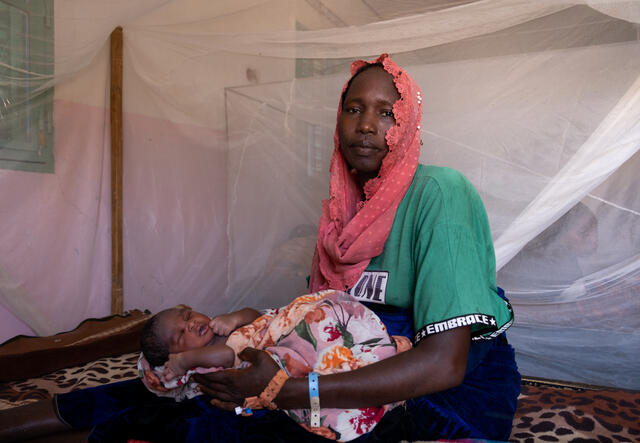
Donate now to support the IRC's life-changing work in Sudan and worldwide. We are on the frontlines providing critical aid to crisis-affected people in more than 50 countries, including places on the 2024 Emergency Watchlist.
Read more about the top 10 crises the world can’t ignore in 2024 and download the full 2024 Emergency Watchlist report for profiles of all 20 crisis countries on the IRC's list.